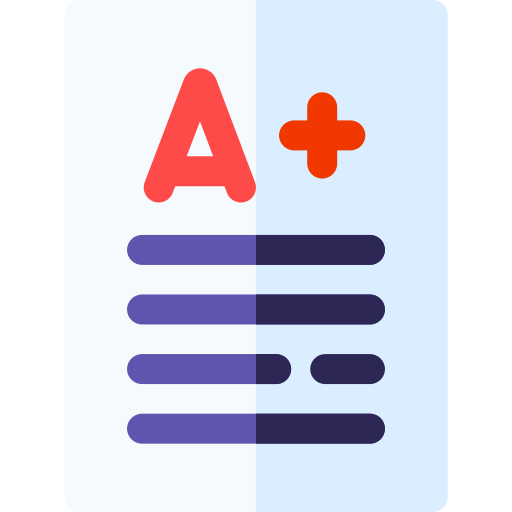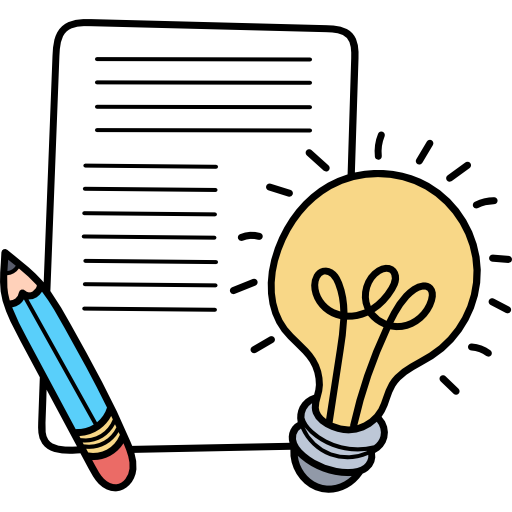LESSON SUMMARY
Lesson 1: Plant Life Cycles
IMPORTANT VOCABULARY
seed: structure that can grow into a new plant
embryo: young plant
germinate: begin to grow
flower: plant structure that makes seeds
pollination: movement of pollen from the male part of a flower to a female part
Fruit: structure that holds seeds
cones: plant structures that make seeds
spores: not a seed but can make a new plant
bulb: underground stem
?How do plants grow
plants need a seed to grow
A young plant is called an embryo
?How do plants make seeds
plants that use flowers to make seeds are called flowering plants
pollination- the movement of pollen from the male part of the flower to the female part
?What is a plant’s life cycle
how a plant germinates, grows and reproduces is known as a PLANT LIFE CYCLE
?How do plants grow without seeds
plants that do not make seeds have SPORES
Plants can grow from white spots or “eyes” on a potato plant
other plants grow from an underground stem called a bulb
LESSON SUMMARY Lesson 2: Animal Life Cycles
IMPORTANT VOCABULARY
metamorphosis: change through a process
egg: contains food for the young gives protection
hatches: breaking out of the shell
?.What is some animal life cycles
life cycle of the frog • life cycle of the ladybug
life cycle of the:
sea turtle
salmon
cheetah
?How do reptiles, fish, and birds change as they grow
reptiles, fish and birds do not go through metamorphosis
they look similar to adults of their kind when they hatch
?What is the life cycle of a mammal
most mammals do not hatch from eggs
they are born alive
they look like their parents
they grow stronger and lose fat
they grow into adults that can reproduce
LESSON SUMMARY Lesson 3: From Parents to Young
IMPORTANT VOCABULARY
trait: a feature of a living thing
heredity: passing on of traits from parents to young
inherited traits: traits that come from parents
(offspring: an organism’s young (the babies
learned traits: new skills that organisms learn
What are inherited traits
inherited traits are traits that come from parents-a flowers shape and color, eye color, number of legs
Which traits are not inherited
learned traits are not inherited- we have to learn them
riding a bicycle
learning a language
learned traits are not passed from parent to child
LESSON SUMMARY Lesson 4: Food Chains and Food Web
IMPORTANT VOCABULARY
ecosystem: environment where living and nonliving things interact
food chain: shows how energy moves from one organism to another
producer: can make its own food
consumer: an organism that eats other organisms
decomposer: an organism that breaks down dead plant and animal material
food web: food chains that connect
predators: hunt other organisms
prey: what predators hunt
herbivores: eat only plants
carnivore: eats other animals
herbivore: eats plants and animals
?What is an ecosystem
an environment where living and nonliving thongs live together and interact
.What is a food chain
a food chain shows how energy passes from one organism to another
?What is a food web
food chains that connect
?Why are decomposers important
decomposers eat dead material
They release nutrients into water or soil
nutrients help plants and other organism to grow
worms. mold, mushrooms and some insects and snails are decomposers
CHAPTER 4 TECHNOLOGY AND DESIGN
LESSON SUMMARY Lesson 1: Technology
IMPORTANT VOCABULARY
technology: all the ways people change nature to meet their needs
system: a group of parts that work together to solve a problem
scientific advance: an important scientific discovery
globalization: the way technology makes the world seem smaller
What is technology
the ways in which people change nature to meet their needs
computers, phones and cars are technology
A system is a group of parts that work together to solve a problem
?How do communication systems connect people
a communication system has four basic parts
input
process
output
feedback
communication systems help us connect to other people- sending an email, making a call
?How is technology used in medicine
we use a stethoscope
we use x-rays
MRI’s lets doctors look inside the body
PROSTHETICS- artificial limbs that people who have lost legs or arms can use
?How will technology shape the future
we don’t know, but we can predict
the internet will improve
people might rely more on solar power rather than fossil fuels
CHAPTER 4 TECHNOLOGY AND DESIGN
LESSON SUMMARY Lesson 2: The Design Process
IMPORTANT VOCABULARY
design process: a series of steps for developing products and processes for solving problems
prototype: life size working model
patent: permission to claim a solution as your own
?What are the steps in the design process
identify the problem
thinking of solutions- BRAINSTORM
build a model
test your model
communication- share how you solved the problem
?What is the last step in the design process
communication- you need to tell people how you solved a problem
CHAPTER 4 TECHNOLOGY AND DESIGN
Lesson 3: Technology and the Environment
Lesson 3: Technology and the Environment
IMPORTANT VOCABULARY
ethics: rules
conserve: use resources wisely
landfills: places where garbage is dumped
biodegradable: garbage that breaks down quickly and naturally
?How does technology impact society
technology has changed society
sometimes we get positive results and sometimes negative results
example: computers make communication easier-POSITIVE • computers can be used to steal your personal information-NEGATIVE
?How does technology affect nature
technology can have good and bad effects on the environment
EXAMPLE: DDT
DDT is a chemical that kills weeds and pests- GOOD EFFECT
DDT can also poison water. this affected fish and birds -BAD EFFECT
?How is technology helping to protect the environment
landfills have been designed
Some garbage is biodegradable- apple cores, banana peels and paper
New technology is helping to turn trash into fuel
Landfills give off methane gas
Scientists collect the gas and it can be used as energy




